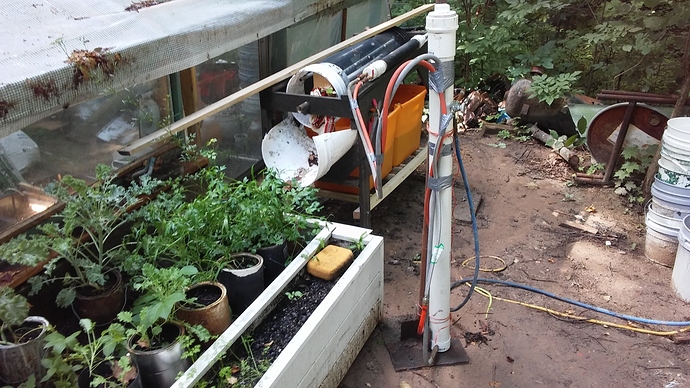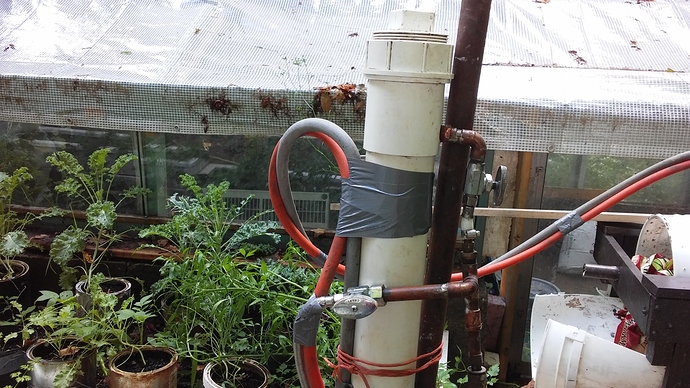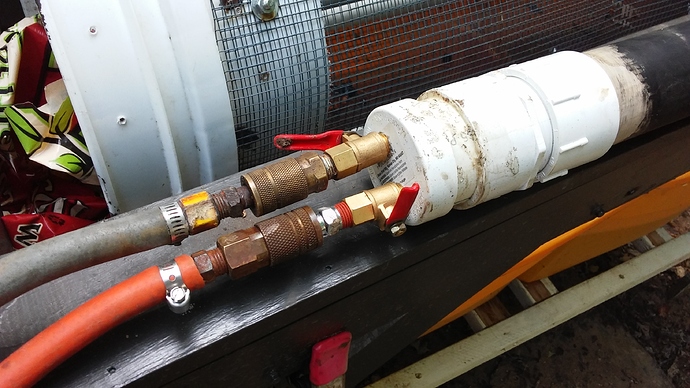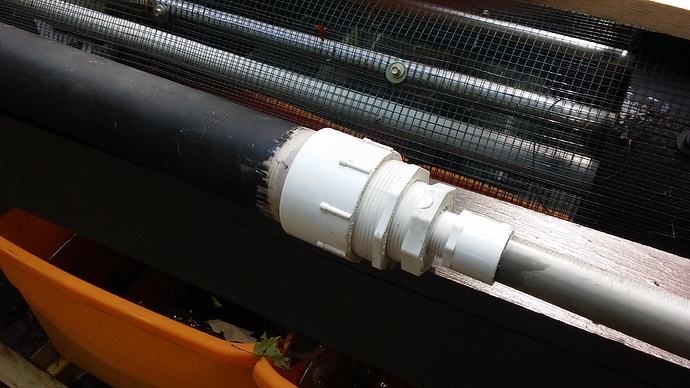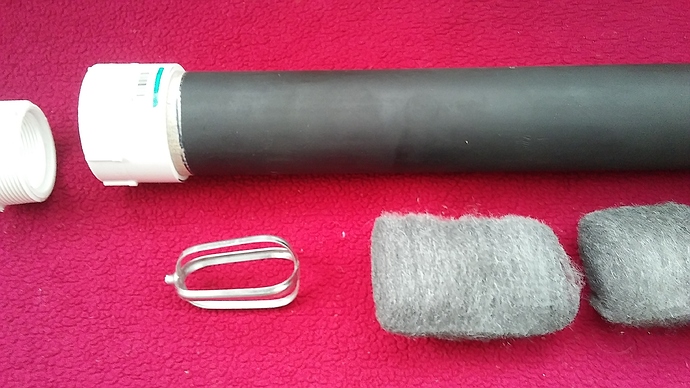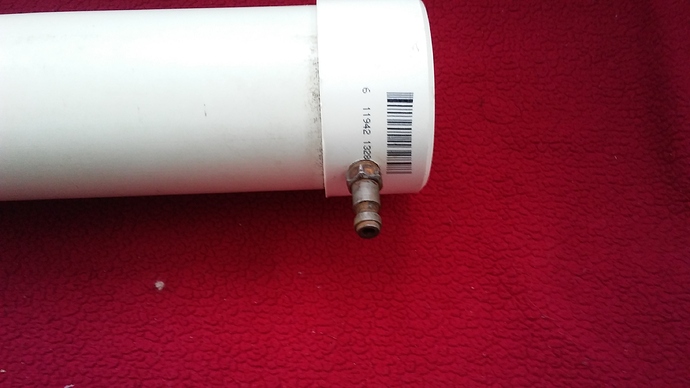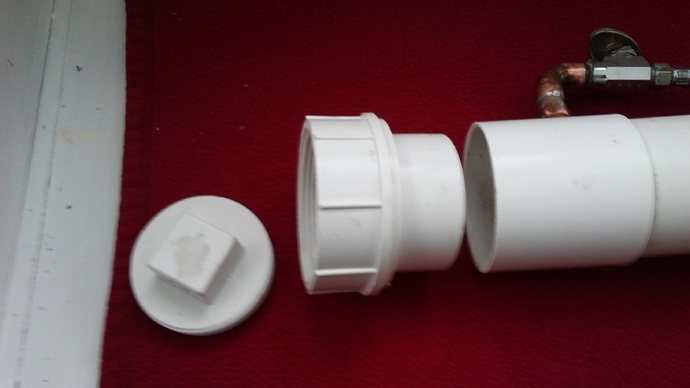FILTRATION
SLOW SAND of 1 cubic meter passes about 2 liters/min, and does a limited bacteria removal.
PRESSURE SAND of 1 cubic meter passes about 40gpm and must be backwashed daily.
DIATOMACEOUS EARTH removes small suspended particles at high flow rates, must be daily backwashed and is expensive.
POROUS STONE/CERAMIC filters are small but expensive, and do not effect chemicals, bacteria or odors.
PAPER or CLOTH filters are disposable and filter to one micron, but do not have much capacity.
CHARCOAL:
-COMPRESSED CHARCOAL/CARBON BLOCK is the best type of charcoal filter, can remove chemicals and lead, but is easily clogged, so should be used with a sediment prefilter.
-GRANULAR CHARCOAL is cheaper, but water can flow around the granules without being treated.
-POWDERED CHARCOAL is a very fine dust useful for spot cleaning larger bodies of water, but is messy and can pass through some filters and be consumed.
REVERSE OSMOSIS uses a membrane with microscopic holes that require 4 to 8 times the volume of water processed to wash it in order to remove minerals and salt, but not necessarily chemicals and bacteria.
ENZYMES &BACTERIA combined can remove contaminants, reduce sludge, and even digest oil. See recent article on enzymes & bacteria.
PLANTS There are numerous plants, animals and organisms that are quite effective in filtering water.
REYKJAVIK, Iceland — Using enzymes and bacteria as separate methods for water filtration is not new to the industry but a combination of both is an innovation. Filtration company ZymeTech provides such a solution, which is a more efficient and eco-friendly filtration approach, according to the company’s managing director Alan Badenhorst, cited by Engineering News Online.
Badenhorst explained that conventional methods of filtration produce an amount of residue that remains inside the water container and needs to be disposed of, whereas the combination of enzyme and bacteria ensures a reduced amount of sludge. The by-product that remains after the filtration can then be further cleaned and reused. Traditional ways of cleaning the residue involve machines that pump it out and then transport it to hazardous-materials landfills, which pollute the environment.
According to ZymeTech operations director Ilan Zlotnick, the enzyme/bacteria method of filtration eliminates the need for using such machines because what is left in septic tanks or grease traps can often be recycled. He pointed out that enzymes can be used to replace chemicals and contribute to a more efficient use of raw materials, energy and water, which benefits both the environment and industry.
Creating the exact formulation of enzyme and bacteria to ensure effective filtration is not a simple task, Badenhorst explained. Various types of bacteria and enzymes are produced in Belgium by ZymeTech’s principal Realco, and each of them is intended to break down different type of organic waste matter including matter found in grease traps or septic tanks. Enzymes act like a natural filter to contamination and break it into small particles that can be then consumed by bacteria, which are all biodegradable and would die naturally in the absence of enzymes, he revealed.
Using bacteria and enzymes separately has its disadvantages, as enzymes may break down sludge but tiny particles of it will still be present in the effluent and accumulation of these particles will eventually clog drains. On the other hand, using bacteria only will not fully remove contamination from the water, as bacteria will not be active long enough to deal with the large sludge particles. Combining the two actually provides a perfect solution for filtration, as the way enzymes and bacteria react complement each other to ensure efficacy, Badenhorst claimed.
He noted that the technology has attracted significant interest from industries worldwide and increasingly in South Africa, where more businesses are starting to embrace a more environmentally friendly approach to their operations. The company said that the technology can also be used for filtration of water in areas where water pollution is a serious problem, especially in many parts of Africa, where access to pure drinkable water is restricted for many people. A solution to this problem has recently been introduced in South Africa by ZymeTech, which launched a product that can be used by campers and hikers to purify water and make it instantly ready for consumption.
http://www.zymetech.co.za/products-biorem10.html



